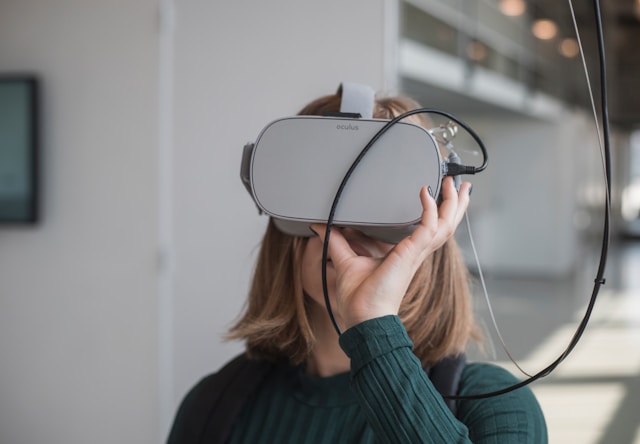Augmented Reality (AR) and Virtual Reality (VR) technologies have made remarkable strides, unlocking new possibilities across various industries. While gaming remains the most well-known application, AR and VR are finding broader uses in education, remote work, and beyond. These immersive technologies are reshaping how people interact with digital content, creating interactive experiences that are both engaging and practical.
In gaming, AR and VR offer unparalleled immersion. VR headsets like the Oculus Quest and Sony PlayStation VR transport users to virtual worlds, enabling players to experience games in a fully 3D environment. Meanwhile, AR games like “Pokémon GO” blend digital elements with the physical world, giving players a hybrid experience that combines real-life interaction with digital gameplay. These technologies have elevated gaming to new heights, pushing the boundaries of how people play and engage with digital content.
Beyond gaming, AR and VR are making significant impacts in education and remote work. VR is being used in virtual classrooms and training programs, allowing students and employees to participate in realistic simulations, such as virtual science labs or immersive safety training. In the workplace, AR can enhance collaboration by enabling remote teams to visualize and manipulate digital models together in real time. As these technologies continue to advance, AR and VR are expected to play an even larger role in shaping the future of digital interaction, providing practical solutions for education, business, and entertainment alike.


